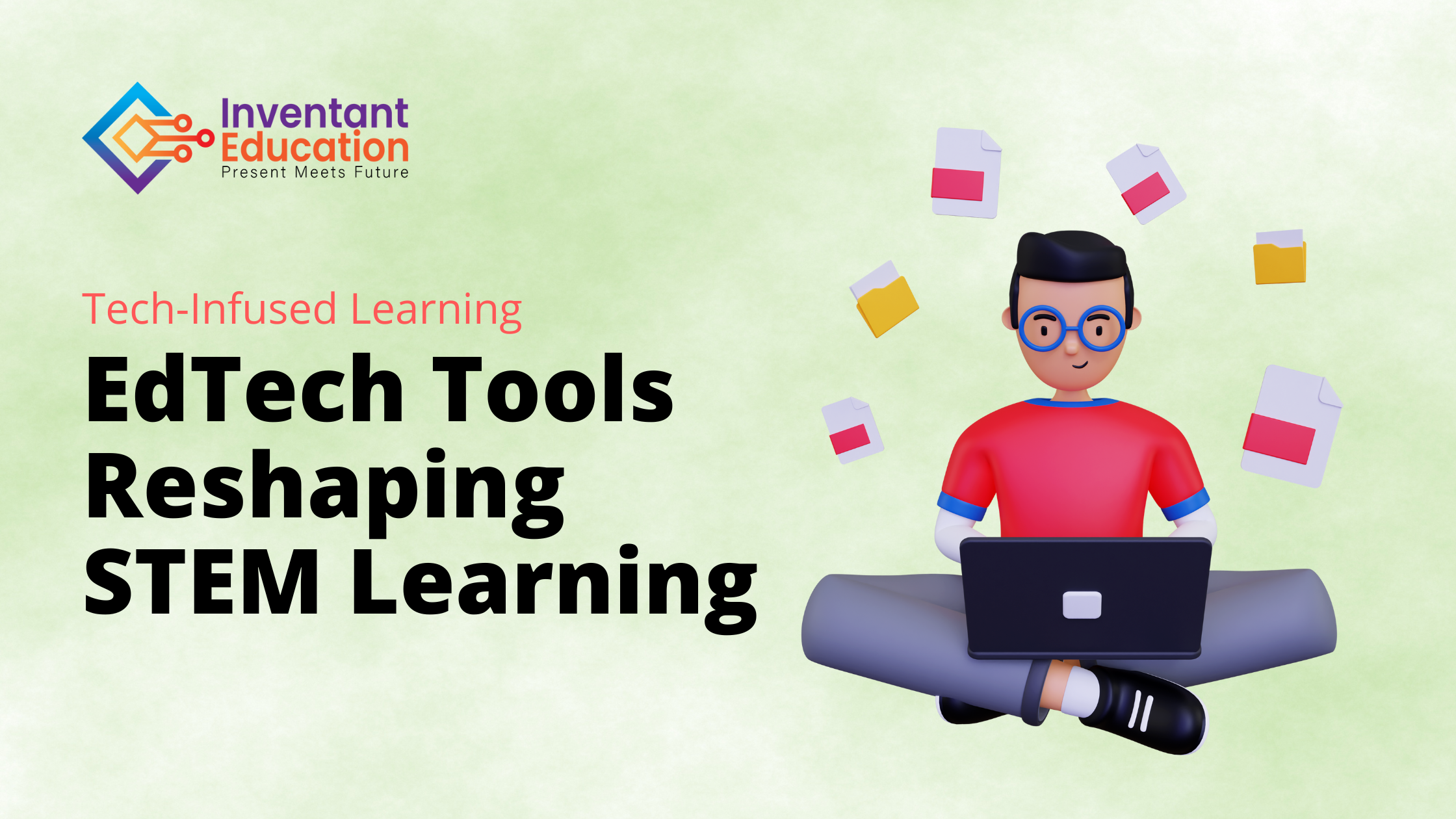Using EdTech Tools to Enhance STEM Learning
In today's rapidly evolving world, Science, Technology, Engineering, and Mathematics (STEM) education is more critical than ever. As the demand for STEM skills continues to rise, educators are constantly seeking innovative ways to engage and empower students in these fields. Fortunately, Educational Technology (EdTech) tools have emerged as a game-changer in STEM education, offering new avenues for learning, collaboration, and skill development. In this article, we will explore how EdTech tools can be harnessed to enhance STEM learning, making it more exciting, effective, and accessible.
1. Virtual Laboratories
One of the most powerful applications of EdTech in STEM education is the creation of virtual laboratories. These platforms enable students to conduct experiments, make observations, and analyze results in a simulated, risk-free environment.
2. Interactive Simulations
EdTech offers a plethora of interactive simulations that help students grasp complex STEM concepts. Students can experiment with variables, test hypotheses, and observe outcomes, all while receiving immediate feedback.
3. Personalized Learning Platforms
EdTech tools are excellent for tailoring learning experiences to individual student’s needs. Personalized learning platforms use algorithms to identify student’s strengths and weaknesses and provide customized learning pathways. This not only helps students to work at their own pace but also ensures that they receive targeted support in areas where they need it most.
4. Coding and Programming Resources
Coding and Programming skills are integral to the modern world, and EdTech platforms provide students with accessible tools and tutorials. From beginner-friendly platforms like Scratch to more advanced coding languages, students can explore the world of programming at their own pace. EdTech tools are a gateway for students to develop computational thinking and problem-solving skills.
5. Collaborative Learning Environments
STEM education often requires collaboration, and EdTech tools offer platforms for students to work together, even from different locations. This fosters teamwork, communication skills, and a real-world experience of how STEM professionals collaborate.
6. Gamification and Interactive Challenges
Gamified learning is a proven way to engage students. EdTech platforms frequently incorporate game-like elements, such as points, badges, and leaderboards, to motivate students. By turning learning into a fun and competitive experience, students are more likely to stay engaged and focused on their studies.
7. Access to Online Resources
The internet is a treasure trove of information, and EdTech tools provide students with easy access to a wide range of online resources. They can explore video tutorials, open-access journals, and educational websites to supplement their learning. These resources can provide real-world context and examples that enrich their understanding of STEM subjects.
8. Instant Feedback and Assessment
EdTech tools enable teachers to provide instant feedback to students, facilitating a quicker learning cycle. Whether through automated quizzes, instant grading, or analytics, educators can track student progress, identify areas of improvement, and adjust their teaching accordingly. This feedback loop encourages continuous learning and improvement.
9. Augmented and Virtual Reality
The integration of Augmented Reality (AR) and Virtual Reality (VR) into STEM education is transforming the learning experience. AR and VR provide immersive experiences that take students on virtual field trips, allow them to explore microscopic worlds, and even simulate space travel making learning engaging.
10. Professional Development for Educators
EdTech tools are not just for students, they also offer professional development opportunities for educators. Teachers can access online courses, webinars, and forums to enhance their own STEM teaching skills. This continuous growth ensures that educators are well-equipped to use EdTech effectively in the classroom.
In conclusion, Educational Technology is revolutionizing STEM education, opening up new horizons for both educators and students. These tools not only makes learning more engaging but also help bridge gaps in access to quality education, making STEM subjects more inclusive and accessible to a wider audience.

.png)

.png)